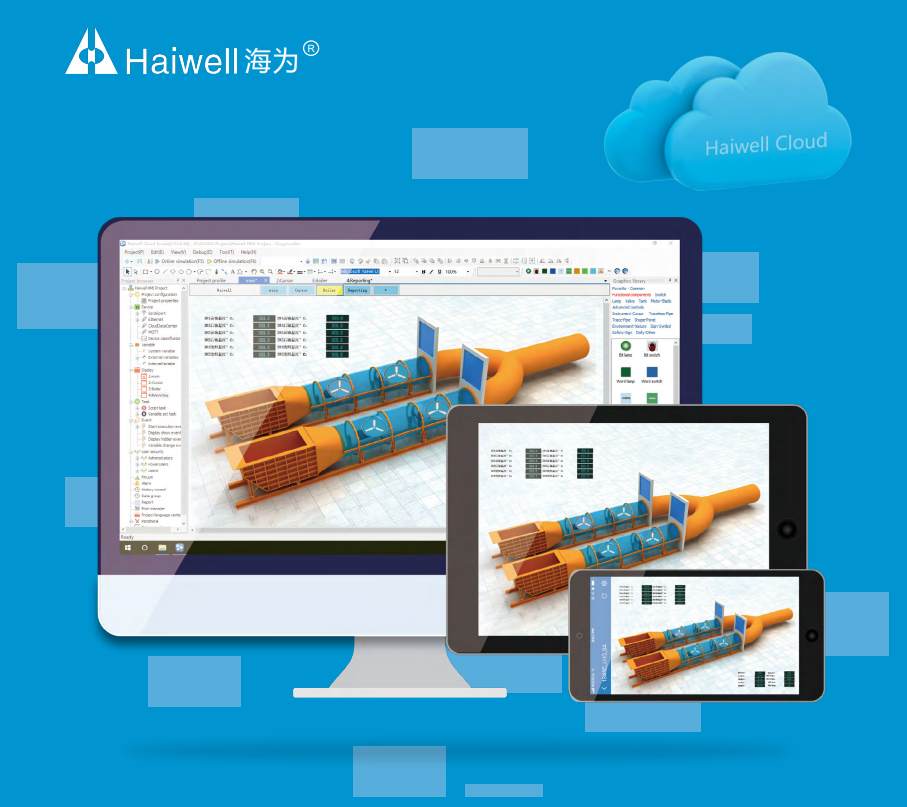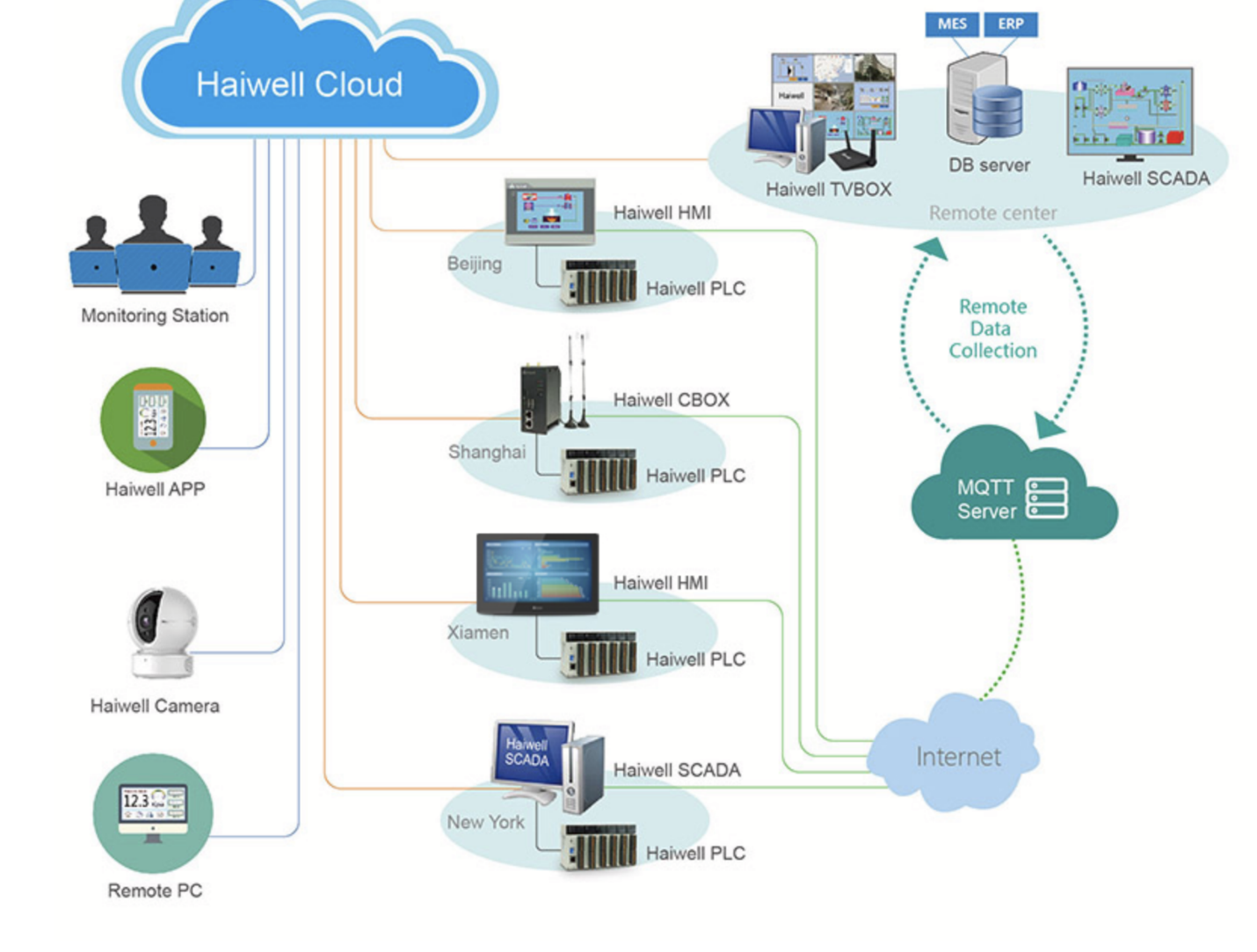IoT VS IIoT

IoT stands for Internet of Things. In simple terms, it means technology that allows various devices to connect, send and receive data easily, such as turning on and off electrical appliances in the home, CCTV cameras that can be viewed via mobile phones or tablets, etc. In addition to connecting various data, we can also store data on the cloud and process that data on the cloud. Users can control and command remotely.
So what is the difference between IoT and IIoT?
IIoT is stand for Industrial Internet of Things. It actually comes from IoT, but with the addition of an i, it becomes the Industrial Internet of Things. When the Internet Control is used in industrial factories to increase efficiency and production effectiveness, the industrial level will be more special than general use. This is because industrial work requires high security, and the hardware must be durable under very harsh environments, withstand heat, high temperatures, or low temperatures down to minus, and withstand interference from different magnetic signals that occur from the production system.
It can be observed that the working patterns of IoT and IIoT are similar, but they differ in their usage. IoT is the use of internet technology to control, command or process in general, such as in homes, buildings, and agricultural work. IIoT focuses on industrial use. An example of IIoT is the Haiwell Cloud SCADA system that supports industrial use. It can connect machinery systems, equipment in factories, and various industries to link data, control and command machines from a distance. Examples of devices that can be connected to IIoT include HMI (Human Machine Interface), a device used to display and control to support IIoT operations, or it could be a PLC Controller (Programmable Logic Control).

Currently, the database communication format between the server and the device or machine will communicate via MQTT, which to work in the form of IIoT, the device must support it. From the example image, it shows a diagram of connecting data of various devices or machines together, making it possible to collect Data Logger data or control and command Monitoring. In summary, IoT and IIoT usage depends mainly on the purpose of use and the consideration is the various devices that must support the work that is appropriate for the use.



